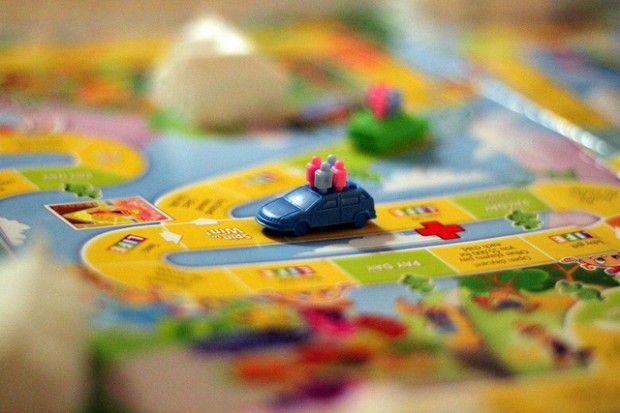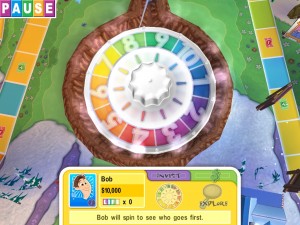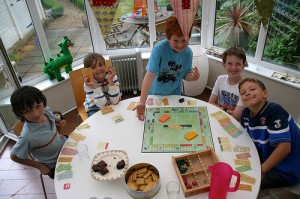
The holidays are screeching around the corner, and the frenzy to fill stockings and pile up presents is hitting its peak this weekend. For those with kids on their list, board games have always been the standby winners, but now there's a new rival on the scene: the board game app.
True, apps are not as fun to gift. The tiny, flat iTunes or Amazon gift card pales next to the big wrapped box. But beyond opening the gift, does the experience of playing with the app hold up to playing with the real thing?
Last summer, my eight-year-old daughter was introduced to LIFE, the board game. She was hooked instantly. She and her friends spent long summer afternoons spinning the number wheel, counting their savings and retirement, and moving their characters along in the path toward college or work, having kids, and buying homes. They talked about why they made each of those decisions and plotted their strategies with each other for their future.
Preparing to go on vacation, we decided to buy the LIFE app for the iPad rather than lug along the big box and all of its many components. The game itself is executed well enough on the touchscreen tablet. You can choose to play with up to six other virtual players within the app -- jolly characters like Zoe or Ernie or Malcom, or pass it around to play with real players. Spin the wheel by making a circle on the touchscreen (the sound resembles the real wheel, the tap-tap-tap going quickly at first, then slowing down). Tap images of finance-related cards (the app does all the counting for you), and follow the prompts and arrows to keep the game moving. For the most part, all the logistics of playing the game are the same on the app as on the board.
LIFE was originally created in 1860 by Milton Bradley. More than 150 years and many iterations later, kids are playing the digital version of the game, and discovering for themselves the differences between the two.
Tara Runyan from Oakland plays LIFE with her daughter Julia on the iPad. Though they enjoyed it at first, it "gets boring after the novelty wears off," she said.



